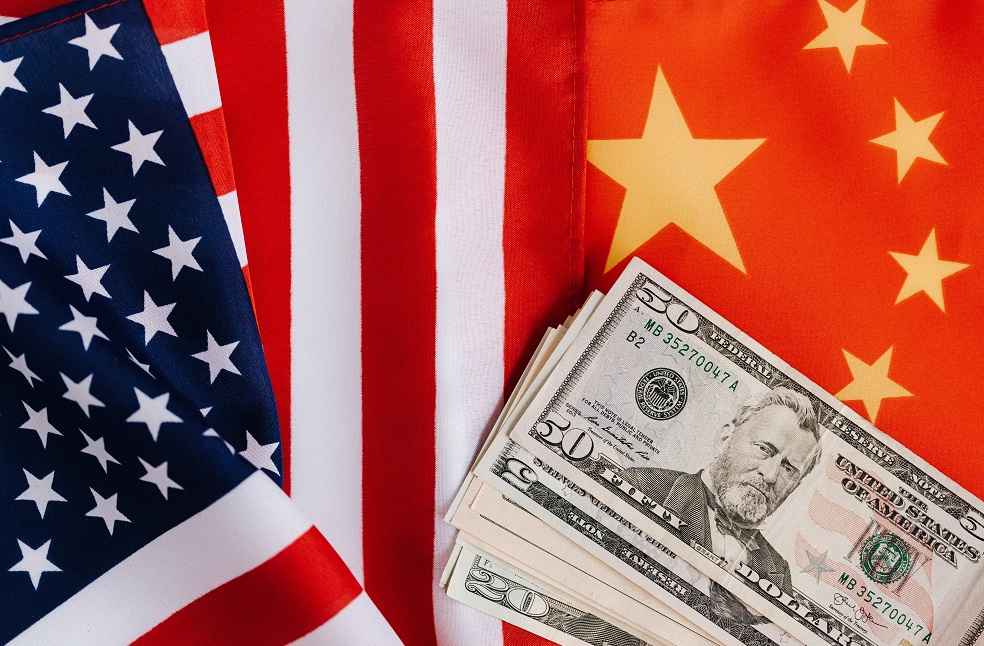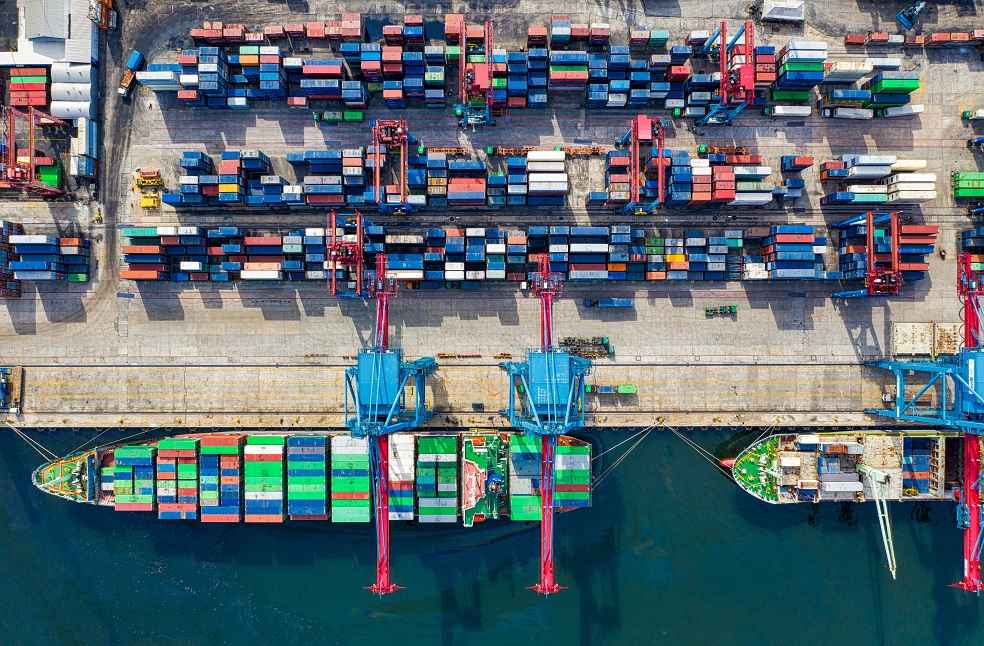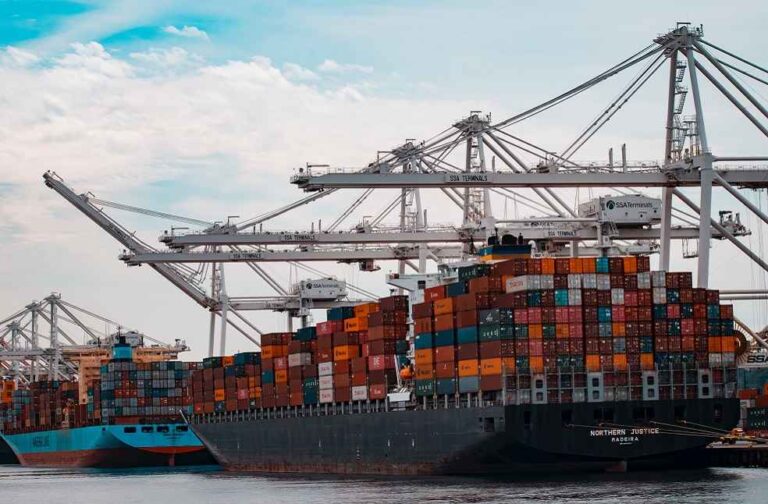China’s exports have plummeted significantly, marking June with the most severe decrease since the beginning of the pandemic in 2020. This decline has hit nearly all of China’s main trading partners, with Russia being a notable exception.
Despite the economic downturn and developed countries’ mounting resistance, China is standing its ground, particularly in sectors such as automotive manufacturing. With a robust line of modern, competitively priced vehicles and robotic products, China is holding its own against the rest of the world.
China’s exports fell 12.4 percent in June, following a 7.5 percent drop in May. This downturn is impacting other Asian export giants like South Korea, Taiwan, and Vietnam.

Analysts attribute this decline to the global recession, particularly in the electronics sector, exacerbating these countries’ export sectors. Despite these challenges, China has displayed some resilience thanks to the diversity of its manufacturing sector. However, if this downward trend continues, it could lead to significant economic trouble.
The challenge is intensified by dwindling demand, primarily from the United States and the European Union, which together account for a quarter of China’s total exports. The shift in global consumption patterns post-pandemic has negatively impacted China’s export performance, despite its strong export of home goods and medical products during the crisis.
Geopolitical issues further complicate the economic landscape. China’s major task is to alter its supply chains to mitigate the challenges thrown by other countries against its market dominance.

China’s exports to the US fell for the 11th consecutive month due to supply chain resistance. Other countries, such as Mexico and Vietnam, are seeing an uptick in their shares of US imports, suggesting a significant decrease in ‘Made in China’ products.
Analysts foresee more substantial challenges on the horizon due to the ongoing “de-risk” movement, worries about forced labour in supply chains, and escalating US-China tensions. This sentiment is shared not just by companies in the US, but also in the EU and elsewhere.
Nevertheless, China remains undeterred in its resolve to diversify its trade. Increased exports to emerging economies have somewhat compensated for the weakened demand from the West. Trade data from the Ministry of Commerce indicates increased trade with the Association of Southeast Asian Nations (ASEAN), Latin America, and Africa during the first half of the year.

While trade diversification may shift demand for Chinese goods between markets, it won’t eradicate it, experts contend. They highlight the possibility of increased exports to other developing countries. Furthermore, the size and complexity of China’s industrial parks remain unmatched, posing a significant challenge for replication in other countries.
China has yet to formally address these challenges but is moving towards further diversification. The country is strategically focusing on areas such as robotics, nanotechnology, and alternative fuel vehicles. In doing so, the government is prioritising initiatives such as diversification drives, promoting openness, and facilitating foreign trade and investment. However, only time will tell how effective these measures prove to be.
EDITOR’S CHOICE | UNCTAD Warns of Potentially Stormy Second Half for 2023 Global Trade



